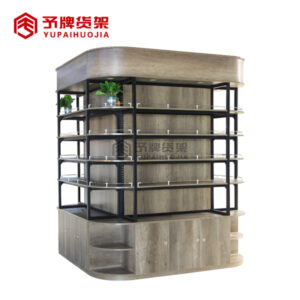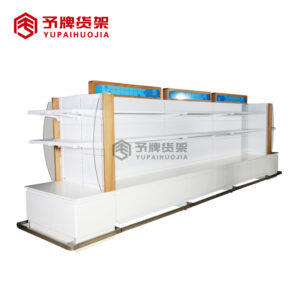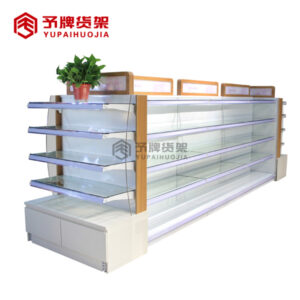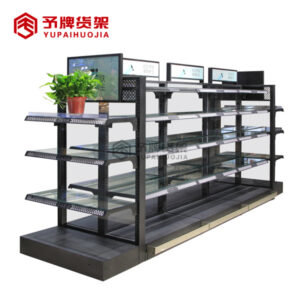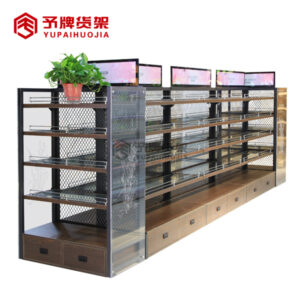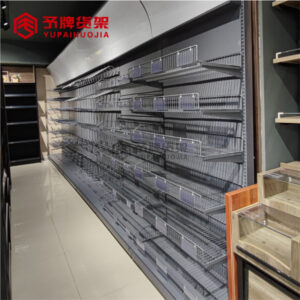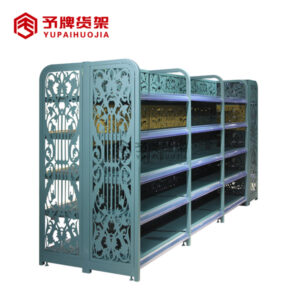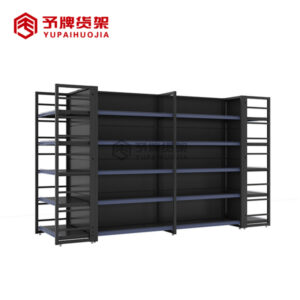You’re in a supermarket and you need to find the aisle with the shampoo or toothpaste you want. What are the placement techniques of rak supermarket? First, you probably look for a sign that says “Personal Care.” You walk down one aisle, then another, and eventually you find it.
Why Are The Placement Techniques Of Supermarket Shelves Important?
The placement techniques of supermarket shelves play an important role in the overall design and function of the store. By properly positioning products, grocers can maximize their profits while providing customers with a convenient shopping experience.
Supermarket shelves are typically stocked with a variety of items, including food, beverages, and household goods. To ensure that all products are visible and easily accessible to customers, shelves must be placed at an appropriate height and distance from the floor. Shelves should also be positioned so that they do not obstruct customers’ view or impede their movement.
When selecting shelf placement for a supermarket, grocers should take into account the types of products that will be sold on the shelf and the surrounding environment. For example, meat products should typically be placed close to the freezer section to minimize spoilage and odor.
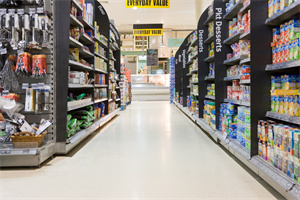
Types of Placement Techniques
There are a few placement techniques used by supermarket shelves. The most common is the Aisle System. This system puts products in numerical order, with the largest products at the front of the shelf and the smaller products near the back. Another common placement technique is called FIFO, which stands for first in, first out. This system puts products in alphabetical order, with the letter A being at the front of the shelf and going down to Z at the back.
Examples of Supermarket Shelves with Different Placement Techniques
There are a few different placement techniques that can be used when stocking shelves in a supermarket. One technique is to cluster items together near the center of the shelf. This helps to keep products organized and easy to find. Another technique is to place heavier items at the bottom of the shelf and lighter items at the top. This allows customers to grab what they need without having to carry an entire basket or cart around.
-
 Rak display toko alat tulis baja untuk dijual
Rak display toko alat tulis baja untuk dijual -
 Rak supermarket dijual di dubai
Rak supermarket dijual di dubai -
 Tampilan kelontong apotek untuk dijual
Tampilan kelontong apotek untuk dijual -
 Rak pajangan kosmetik untuk toko
Rak pajangan kosmetik untuk toko -
 rak display kosmetik grosir
rak display kosmetik grosir -
 Pemasok rak Kosmetik Supermarket
Pemasok rak Kosmetik Supermarket -
 rak toko peralatan dapur untuk dijual
rak toko peralatan dapur untuk dijual -
 Rak Baja Modern Rak Baja yang Dapat Disesuaikan Toko Mini Rak Kelontong
Rak Baja Modern Rak Baja yang Dapat Disesuaikan Toko Mini Rak Kelontong -
 4 pos toko ritel rak display barang kelontong rak display supermarket rak gondola
4 pos toko ritel rak display barang kelontong rak display supermarket rak gondola
Jenis rak supermarket
There are many different types of supermarket shelves, and the placement techniques used on them can vary depending on the store. In general, supermarket shelves are usually divided into two main categories: non-perishable and perishable.
Non-perishable items are generally placed at the front of the shelf, while perishable items are placed closer to the back. This is done to prevent customers from grabbing perishable items before they have a chance to expire and spoil. Some stores also put perishables in specific sections of the store, such as dairy or produce, in order to maximize their profits.
Supermarket shelves are also often organized by product type. For example, a grocery store might have shelves devoted to breads, meats, cereals, etc. This allows customers to easily find what they’re looking for without having to search through a large variety of products.
Kesimpulan
In this article, we are going to discuss the placement techniques of supermarket shelves. By understanding how shelves are designed and placed, you can save yourself time and energy in your grocery shopping. Each type of product has its own unique shelf requirements, so it is important to be aware of these when stocking your pantry or refrigerator.


